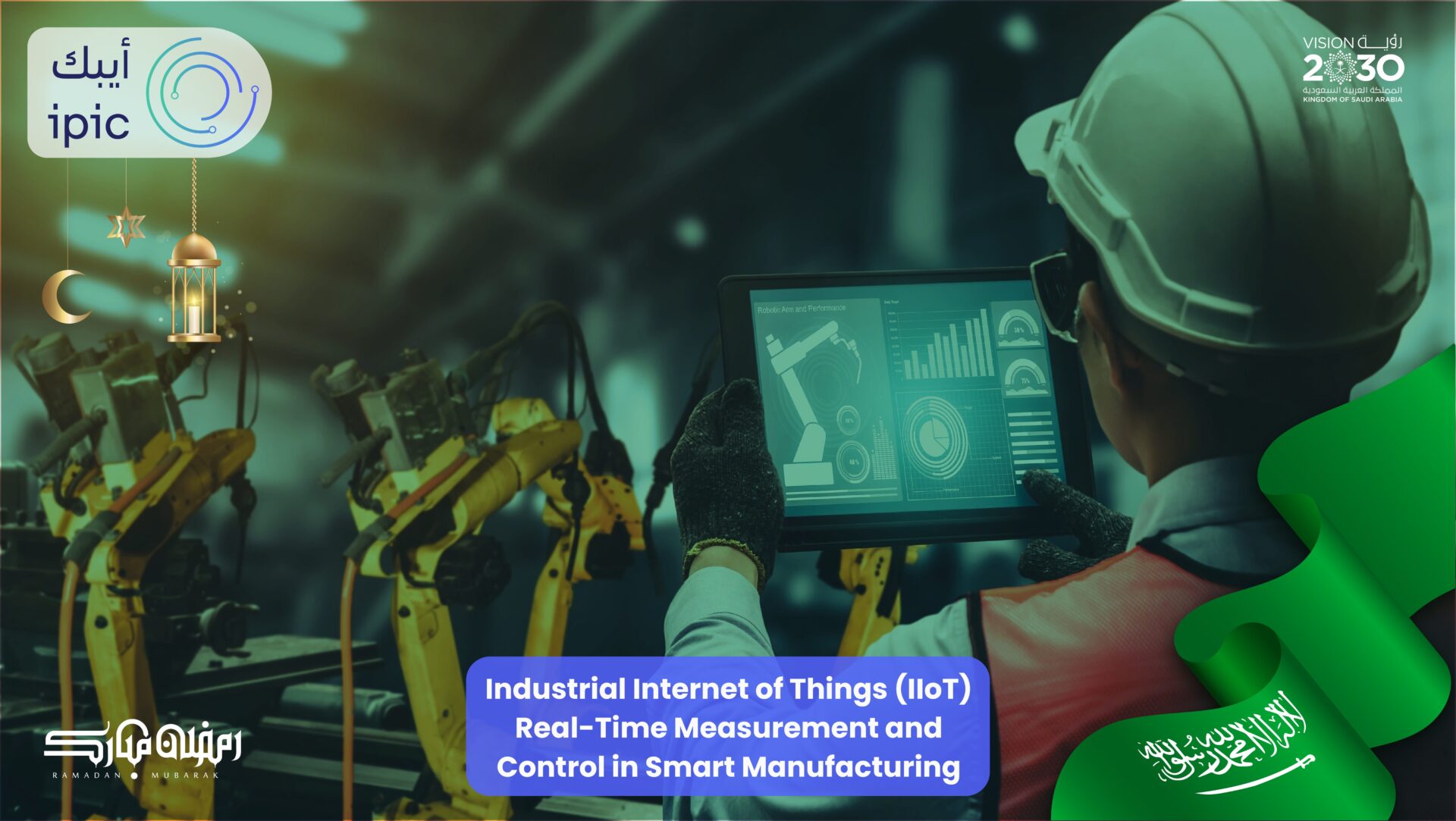Industrial Internet of Things (IIoT): Real-Time Measurement and Control in Smart Manufacturing
Introduction
With the rapid evolution of the industry, companies face increasing challenges in improving efficiency, reducing downtime, and enhancing responsiveness. The Industrial Internet of Things (IIoT) connects machines with digital systems, enabling real-time measurement, monitoring, and control of industrial processes.
Thanks to IIoT, traditional factories are transforming into smart environments driven by data, making them more flexible and efficient—an essential part of Industry 4.0.
What is IIoT?
The Industrial Internet of Things (IIoT) integrates sensors, smart systems, and digital platforms within factories, allowing data collection, analysis, and precise operational decision-making.
🔹 Key Functions of IIoT:
- ✔ Real-time data collection from production lines.
- ✔ Predictive data analysis to detect failures before they occur.
- ✔ Remote control and automation to enhance productivity.
Main Functions of IIoT in Manufacturing
1️⃣ Real-Time Data Measurement
IIoT relies on smart sensors to monitor equipment performance, energy consumption, product quality, and environmental conditions in real time.
✅ Examples:
- Vibration and temperature sensors for early fault detection.
- Pressure and flow sensors to monitor production efficiency.
- Optical sensors for instant quality inspection.
2️⃣ Real-Time Monitoring & Analysis
Data is sent to platforms such as SCADA and MES or cloud-based dashboards, providing direct visibility into operational processes.
✅ Benefits:
- Immediate fault detection.
- Live dashboards for performance monitoring.
- Automatic alerts for quick decision-making.
3️⃣ Remote Control & Automation
IIoT not only measures data but also enables intelligent control of machines to automatically adjust performance.
✅ Examples:
- If temperature rises, the system automatically reduces machine speed.
- If there is a production bottleneck, operations are rerouted automatically.
- Robots adapt to environmental changes while operating.
4️⃣ Predictive Maintenance
IIoT helps analyze data to predict failures before they happen, reducing production downtime.
✅ Results:
- ✔ Fewer unexpected breakdowns.
- ✔ Extended equipment lifespan.
- ✔ Lower maintenance costs.
5️⃣ Energy & Resource Optimization
IIoT systems track energy and water consumption in real time, reducing waste and increasing efficiency.
✅ Examples:
- Automatically shutting down unused machines.
- Optimizing energy distribution across equipment.
- Detecting compressed air leaks to reduce waste.
6️⃣ Inventory & Supply Chain Tracking
Using RFID and sensor technologies, inventory movement and supplies can be tracked in real time.
✅ Benefits:
- ✔ Higher inventory accuracy.
- ✔ Faster response to demand changes.
- ✔ Less reliance on manual stock counting.
How Does Real-Time IIoT Control Work?
🔹 General Structure:
- Data collection via sensors.
- Data processing through edge computing units.
- Data analysis via smart control systems (PLC and DCS).
- Executing commands directly on machines.
- Instant data updates on cloud dashboards.
✅ Result:
A smart production environment that makes decisions and executes actions in fractions of a second, improving accuracy and operational responsiveness.
IPIC’s Role in Enabling Digital Transformation Through IIoT
IPIC specializes in providing integrated digital solutions for the industry, helping factories maximize the benefits of IIoT through:
- ✔ Real-time data analysis to optimize productivity.
- ✔ Developing smart control solutions to reduce human errors.
- ✔ Predictive maintenance to prevent sudden failures.
- ✔ Smart energy management systems to reduce resource consumption.
🚀 Start your digital transformation journey today! Learn more about how IPIC can help your factory achieve unprecedented efficiency.
Industries Benefiting from IIoT
| Industry | Applications |
|---|---|
| Automotive | Monitoring robots used in welding and assembly. |
| Food & Beverage | Tracking temperature and humidity to ensure product safety. |
| Pharmaceuticals | Precision control of manufacturing processes in sterile environments. |
| Oil & Gas | Real-time pipeline monitoring and leak detection. |
| Textiles | Monitoring tension and quality in fabrics during production. |
Conclusion: The Future Depends on Real-Time Control
Waiting hours or days for production data is no longer acceptable. IIoT provides factories with the ability to see, analyze, and make instant decisions, transforming them into highly efficient and smart operational environments.
🚀 Are you ready to leverage the power of IIoT? Start today by measuring, monitoring, and controlling your processes in real time!



